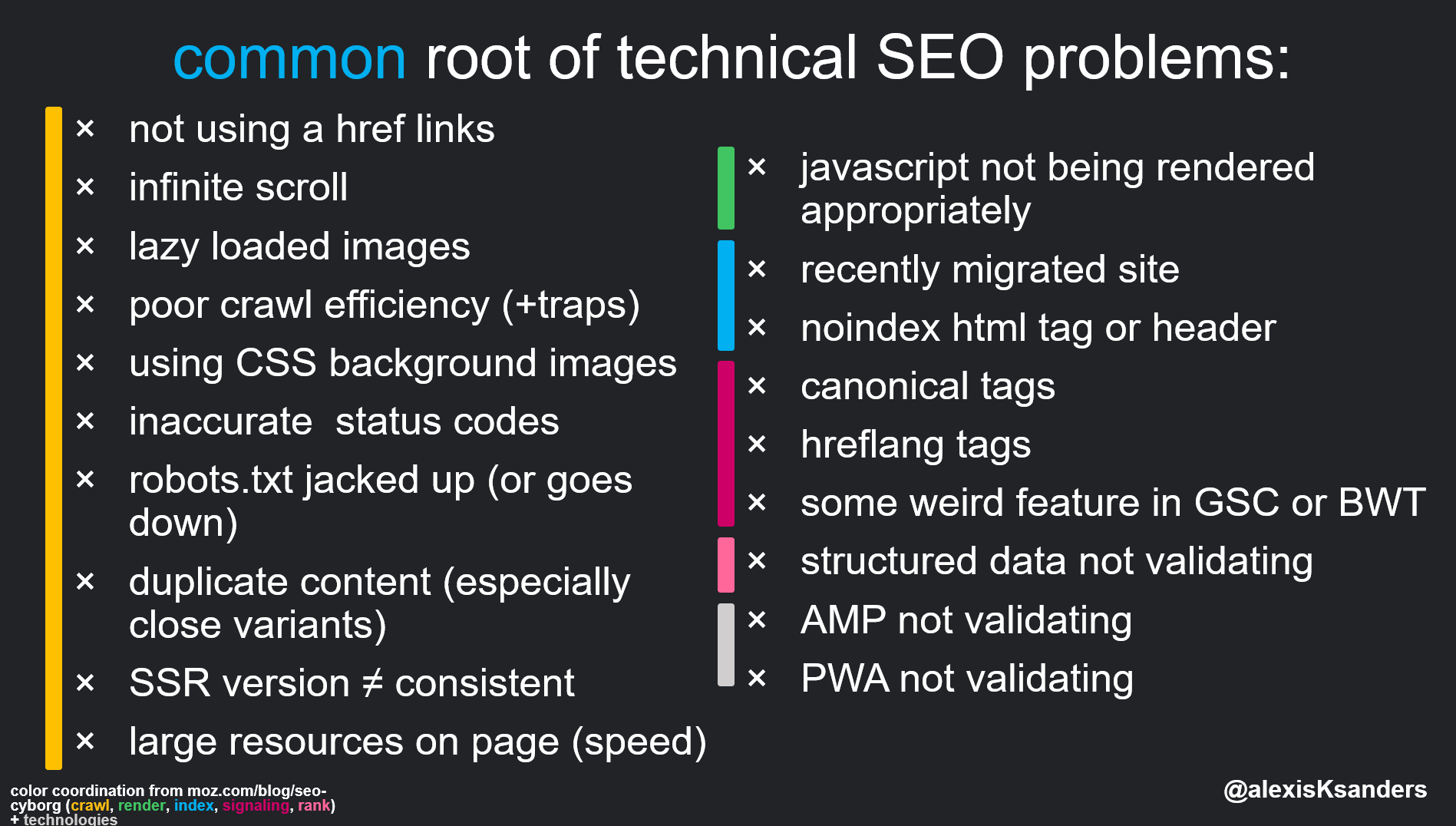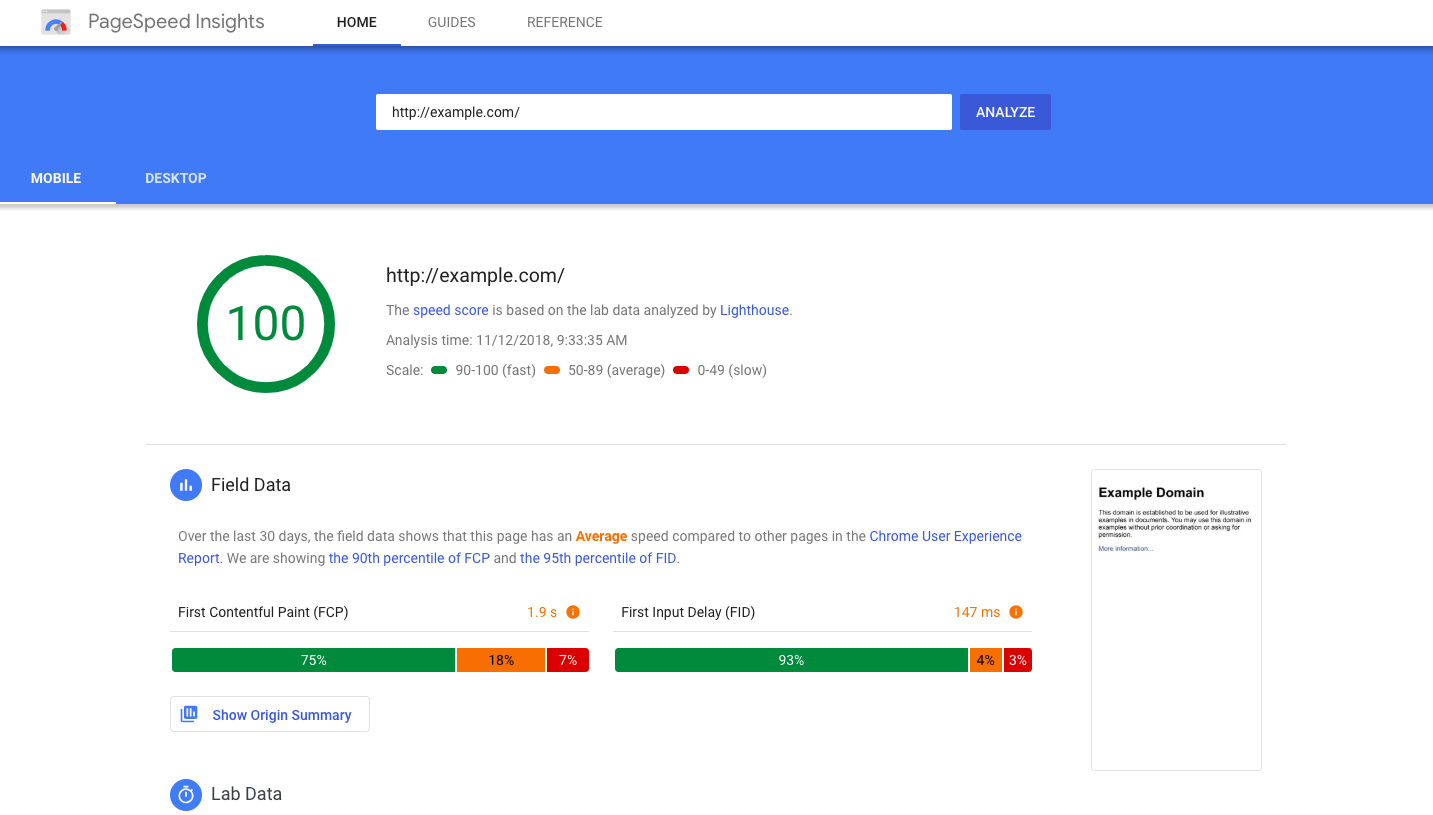
An SEO audit is one of the most essential processes for any website looking to boost its visibility on search engines. Even if your website features great content and design, technical errors, poor optimization, and backlink issues can hold you back from ranking higher. According to Google Search Central, technical SEO and crawlability are foundational to your website’s performance. This guide offers a clear and structured path for conducting a comprehensive SEO audit that aligns with both technical and content-based best practices.
What Is an SEO Audit and Why Does It Matter?
An SEO audit is a process of evaluating your website’s search engine performance across various fronts—technical health, content quality, user experience, and backlinks. The purpose is to identify errors or inefficiencies that may prevent your site from ranking well on Google or other search engines.
Why it matters:
- Google uses over 200 ranking factors, many of which are technical and on-page related.
- Websites that undergo regular SEO audits see higher traffic and improved search visibility.
- An audit helps align your website with search engine guidelines, particularly those outlined by Google Search Essentials.
Without regular audits, your site may fall behind due to outdated content, broken links, or algorithm changes.
How Do You Prepare for an SEO Audit?
Before you begin, preparation is key. Here are the necessary steps:
- Set Clear Goals: Determine what you want to improve—organic traffic, user experience, conversion rates, or all of them.
- Back Up Your Website: Always keep a backup before making changes.
- Install SEO Tools: Set up tools like Google Search Console, Google Analytics, and Bing Webmaster Tools.
- Choose an SEO Audit Tool: Popular options include Ahrefs, SEMrush, Screaming Frog, and Moz. Some free alternatives include Ahrefs Webmaster Tools and Google’s Lighthouse.
Taking time to prepare ensures a more accurate and safe audit process.
How Do You Check for Technical SEO Issues?

Technical SEO forms the backbone of your website’s accessibility and crawlability.
Is Your Website Crawlable and Indexed?
Use Google Search Console to inspect URL coverage and index status. Look out for pages excluded from the index or blocked by robots.txt.
Checklist:
- Test your robots.txt file using Google’s tester tool.
- Check your sitemap.xml and ensure it’s submitted in Search Console.
- Run a
site:yourdomain.comsearch to see indexed pages.
Are There Broken Links or 404 Errors?
Broken links degrade user experience and confuse search engine crawlers. Use tools like Screaming Frog or Google Analytics (Behavior > Site Content > All Pages > 404 errors) to identify and fix them.
Is Your Site Mobile-Friendly?
Over 60% of global web traffic comes from mobile devices. Use Google’s Mobile-Friendly Test to ensure your site loads well on smartphones and tablets.
How Do You Audit On-Page SEO?
On-page SEO directly impacts your site’s relevance and user engagement.
Are Your Meta Titles and Descriptions Optimized?
- Keep meta titles under 60 characters and include main keywords.
- Meta descriptions should be under 160 characters and describe the page content clearly.
Use Google’s SERP Snippet Tool to preview how your meta data will appear in search results.
Are Your Headings Structured Properly?
Each page should contain:
- One
<h1>tag (usually the title) - Subheadings in
<h2>,<h3>, etc., to organize content
Search engines use these tags to understand your page hierarchy and topics.
Is Your Content SEO-Friendly?
Ensure your content:
- Uses the main keyword naturally
- Answers users’ questions (use tools like Google People Also Ask or AnswerThePublic)
- Contains internal and external links to trusted sources
- Includes images with descriptive alt text (important for accessibility per W3C guidelines)
How Do You Analyze Site Speed and Performance?

Site speed is a core web vital and a ranking factor.
Use Google PageSpeed Insights or GTmetrix to analyze:
- Largest Contentful Paint (LCP): Should be <2.5s
- First Input Delay (FID): Should be <100ms
- Cumulative Layout Shift (CLS): Should be <0.1
Tips to Improve Speed:
- Compress and resize images
- Minify CSS/JavaScript files
- Implement lazy loading
- Use a content delivery network (CDN)
How Do You Check Off-Page SEO Factors?
What Backlinks Point to Your Site?
Use tools like Ahrefs or Moz to evaluate:
- Number of backlinks
- Referring domains
- Anchor texts
- Spam score
High-authority backlinks can boost your rankings, while spammy ones can lead to penalties.
How to Improve Backlink Quality?
- Reach out for guest posts on reputable sites
- Use digital PR to earn editorial links
- Disavow bad links using Google’s Disavow Tool
How Do You Audit Your Local SEO?
This is essential for businesses targeting a specific area.
- Ensure your Google Business Profile is complete and accurate (Manage your Business Profile).
- Maintain NAP (Name, Address, Phone) consistency across platforms.
- Collect reviews on Google and trusted local directories.
Use Moz Local or Whitespark to check local citation accuracy.

How Do You Create an SEO Audit Report?
Once data is collected:
- Create a spreadsheet with categories (Technical, On-page, Off-page, Local, etc.)
- Assign priority (High, Medium, Low)
- Note fixes and tools used
Example Table:
| Issue | Category | Tool Used | Priority | Fix | Status |
|---|---|---|---|---|---|
| Broken links | Technical | Screaming Frog | High | Fix links or remove | Pending |
| Missing meta descriptions | On-page | SEMrush | Medium | Write unique descriptions | Done |
What Are Common Mistakes to Avoid During an SEO Audit?
- Ignoring mobile optimization
- Skipping competitor analysis
- Overlooking duplicate or thin content
- Focusing only on technical fixes while neglecting content quality
Use a checklist and double-check each section to avoid these errors.
How Often Should You Do an SEO Audit?
- Routine Audit: Every 3–6 months
- Post Major Changes: After redesigns, migrations, or algorithm updates
- Performance Drop: When traffic or rankings decline unexpectedly
Regular audits ensure your site remains aligned with the latest SEO best practices and Google updates.
Conclusion: Start Your SEO Audit Today
An SEO audit is not just a technical task; it’s a strategic process that impacts your visibility, conversions, and long-term growth. Whether you use free tools like Google Search Console or premium ones like Ahrefs, the key is to act on the insights you gather. Begin your audit today, fix what needs fixing, and watch your rankings and traffic improve step by step.
Bonus Table: Free Tools for SEO Audit
| Tool | Purpose | Free Version Available |
|---|---|---|
| Google Search Console | Indexing, crawl errors | Yes |
| Google Analytics | Traffic insights | Yes |
| Screaming Frog | Site crawling | Yes (up to 500 URLs) |
| Ahrefs Webmaster Tools | Backlink analysis | Yes |
| GTmetrix | Site speed | Yes |
| SEOQuake | On-page audits | Yes |






